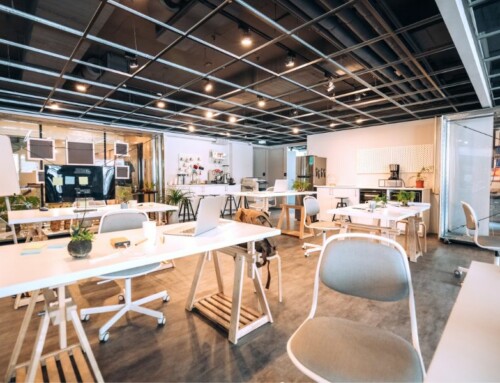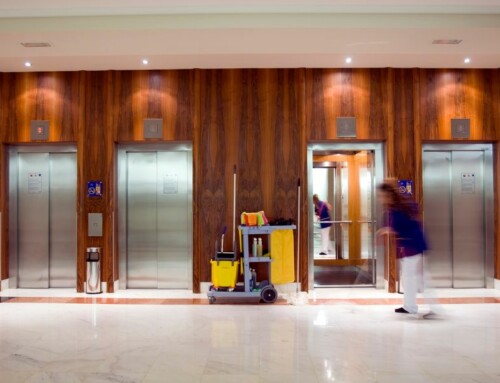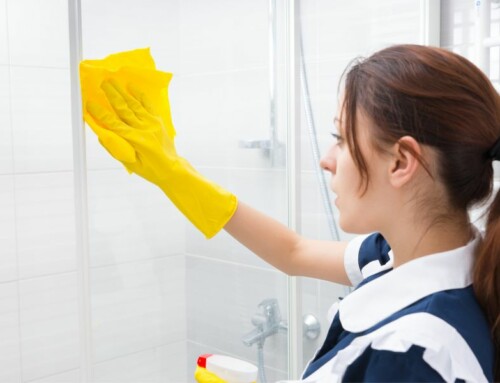How to maintain a hygienic environment in hospitals and care centres
Cleaning is essential in all areas of life, but it is particularly crucial in the health sector. In hospitals and health care facilities, it is necessary to maintain a clean and hygienic environment to ensure the safety of patients and medical staff. In this article, we will look at the importance of cleaning in the health sector and how to maintain a hygienic environment in hospitals and care centres.
Why cleaning is important in the health sector
Cleaning is important in the health sector to maintain a hygienic environment and reduce the risk of infection. Hospitals and care centres are places where diseases and infections spread rapidly. Regular and effective cleaning can help eliminate bacteria and viruses that can cause infections.
Health risks associated with an unhealthy environment
An unhealthy environment can lead to various health problems. In hospitals and health care centres, an unhealthy environment can increase the risk of nosocomial infection, i.e. an infection contracted in hospital. Hospital-acquired infections can be very serious, even fatal, for sick or immunocompromised patients.
Hygiene standards to be respected in hospitals and health centres
Hospitals and health care facilities are required to meet strict hygiene standards to ensure the safety of patients and medical staff. Hygiene standards include regular cleaning procedures and protocols for handling medical waste. The competent authorities monitor and ensure compliance with these standards.
The most effective cleaning methods for maintaining a hygienic environment
There are many effective cleaning methods for maintaining a hygienic environment in hospitals and care centres. Surfaces should be cleaned regularly with disinfectants. Floors and walls should also be cleaned regularly. Steam machines are effective in removing bacteria and viruses.
Personal protective equipment needed for cleaning workers
Workers in the cleaning sector must wear personal protective equipment to protect themselves from health risks. Personal protective equipment includes gloves, masks and goggles. Cleaning workers should also be trained in the correct use of this personal protective equipment.
Conclusion
Cleaning is an essential part of the safety of patients and medical staff in hospitals and care centres. By adhering to strict hygiene standards and using effective cleaning methods, it is possible to maintain a hygienic environment and reduce the risk of infection. Cleaners should be equipped with personal protective equipment to work safely. It is important to continue to improve hygiene standards in hospitals and care centres to ensure the safety of all.





Leave A Comment